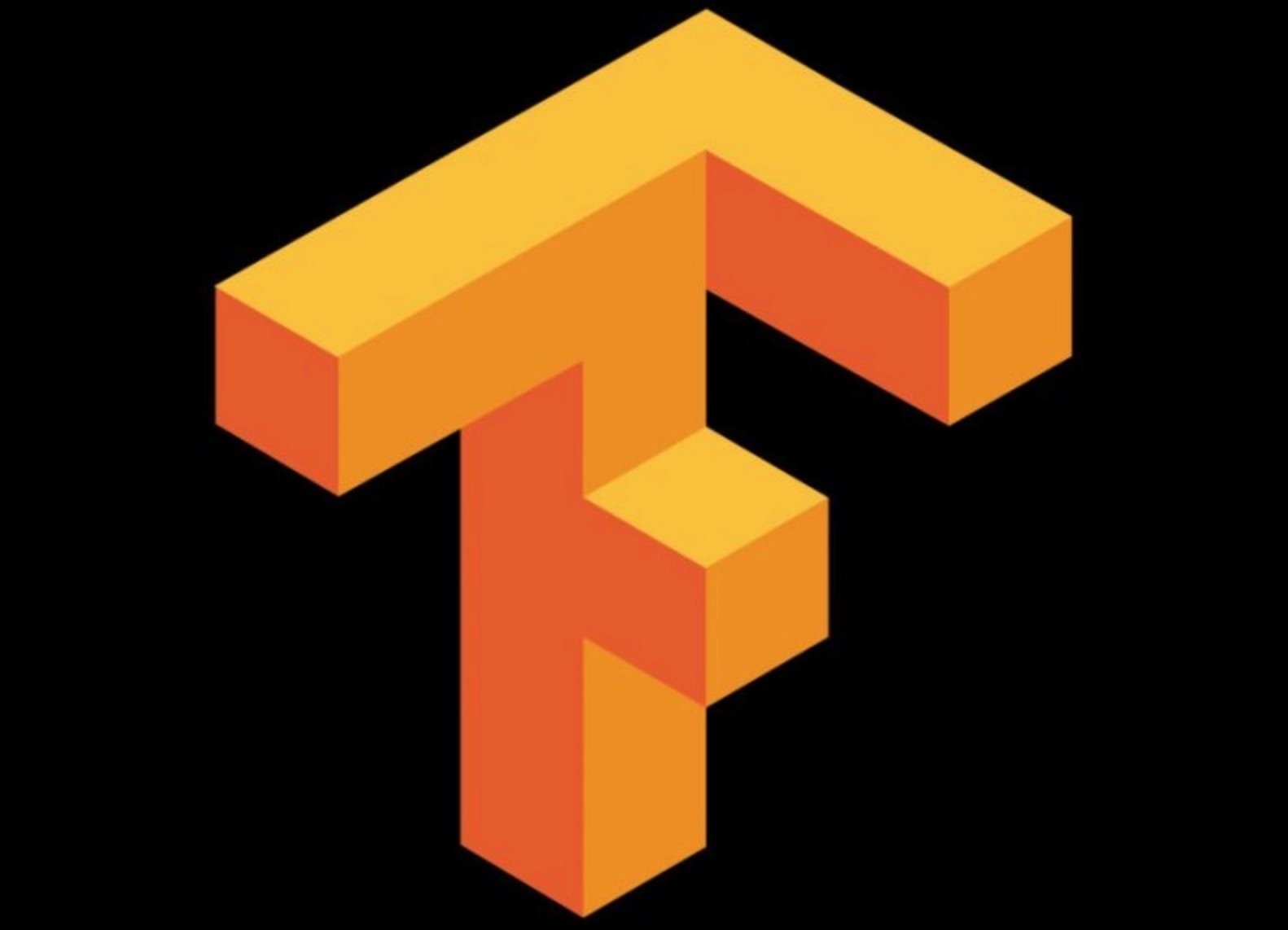Before you start to learn tensorflow basics, you should get to know a few facts about it. TensorFlow is an open-source end-to-end machine learning platform. It’sIt’s a symbolic math toolkit that employs data flow and differentiable programming to handle various deep neural network training and inference tasks. It enables programmers to design machine learning applications utilizing multiple tools, libraries, and open-source resources.
How Does TensorFlow Work?
To enable the development and execution of TensorFlow computations, TensorFlow makes use of a set of modules (which includes APIs for Python, C, and C++). The stateful data flow graphs from those computations indicate that the software keeps track of the current interaction state.

To be more explicit, TensorFlow sorts through layers of data called Nodes to find increasingly intricate details about an image. TensorFlow may ask increasingly complex questions as it explores deeper into Nodes.
For example, it might recognize a spherical form on the first node, and TensorFlow may recognize the shape of an eye as it progresses. Deeper still, and that eye takes on a feline appearance. A tensor is an input process that travels through layers of data until it reaches the output.
TensorFlow’sTensorFlow’s current version allows you to write code that creates a computational graph, a data structure that specifies the calculation you want to do. This procedure has a variety of advantages. For starters, the charts can be run right away or saved and run later on various platforms. The graphs are deployed into a production environment without requiring the building code to be installed. The sole need is that a runtime that supports the TensorFlow graph is available.
Another benefit is that the TensorFlow graph is simple to optimize for any platform. It allows you to train on a much larger platform before transferring to a much less powerful platform (such as a mobile device).
Why is TensorFlow Used?
Specific reasons are listed below regarding why tensorflow is being used and prioritized over the rest. It will help you while you begin to learn tensorflow basics.
Numerous Ways to use TensorFlow:
For starters, it supports a large number of languages. Python is arguably the most popular, followed by JavaScript. Swift, C, Go, Java, Haskell, C#, and other languages are also supported. This blog offers a few Python code snippets that you can install using pip. Make sure the version number is 2.0: there is still a lot of TensorFlow code online from earlier versions.
Other TensorFlow tools are also available to make machine learning development easier. TensorFlow Serving is a flexible serving framework that enables developers to serve (or work) their machine learning models (TensorFlow and others) in a seamless manner once they’ve been trained. While TensorFlow Serving is finishing up current requests, you might deploy a new model version and then start serving new demands with the new model.
The TensorFlow Lite deep learning framework is now available for deploying models on mobile, embedded, and IoT devices. It starts with TensorFlow to train machine learning models, then converts them to Lite models for use on those devices. I’d love to investigate methods to use TensorFlow Lite and Twilio Programmable Wireless if I had more time!
There are 23 Data Types Tensors can Take up:
As if signed (8, 16, 32, and 64-bit) and unsigned (8 and 16-bit) integers, byte arrays, floating-point numbers, and booleans weren’t enough. Tensors can also take quantized integers (signed and unsigned of varying bits), half-, single-, and double-precision floating points, truncated floating points, and 64-bit single-precision floating points, as well as truncated floating points and 64. They are, however, essentially useless for my machine learning projects and use cases.
Multiple Use case for TensorFlow:
Voice recognition, sentiment analysis, language identification, text summarization, image recognition, video detection, time series, and more may all be made with it. You will get to know all about these use cases when you begin to learn tensorflow basics. You have reached no limit to what you can achieve!
Despite significant drawbacks, TensorFlow provides excellent GPU and hardware/OS environment support. Its flexible and modular design makes it simple to work with large amounts of data, work in multiple languages (or train and execute models entirely in the browser with TensorFlow.js! ). Move models between CPU, GPU, and TPU processors with only a few code changes, and perform deep learning and machine learning algorithms and general and statistical models. Finally, there’s a lot of community support, and because Google sponsors it, there’s always work being done to improve it (both good and terrible).
Road Ahead for TensorFlow
TensorFlow is undeniably more well-known than the other deep learning frameworks. The neighborhood looks to be moving at a breakneck speed. Approximately ten people from around the world contribute to or improve the TensorFlow project on GitHub per hour. With the most incredible active community, TensorFlow dominates the field.
It is fascinating to see the fresh advancements TensorFlow and other tools make possible for the digital world’s future. Keeping up with the recent trend of frequent releases, the TensorFlow team ensures that contributors’ and developers’ current and active difficulties while developing machine learning and deep learning models are addressed.
TensorFlow Lite for Mobile and Embedded ML
It’sIt’s a lightweight TensorFlow solution for mobile and embedded devices. It’sIt’s quick because it allows for low-latency on-device machine learning inference. The Android Neural Networks API provides for hardware acceleration. TensorFlow Lite will have more built-in operators, speed enhancements, and model support in future releases, making it easier for developers to offer machine learning services to mobile devices.
Conclusion:
You can, without a doubt, begin to learn tensorflow basics for a better career because it is the best library of them all because it is designed to be user-friendly. It has a library that includes a variety of APIs for creating large-scale deep learning architectures such as CNNs and RNNs. It is a graph-based programming language that allows developers to see the neural network’s formation using Tensorboard. This application debugging tool is quite helpful.


































